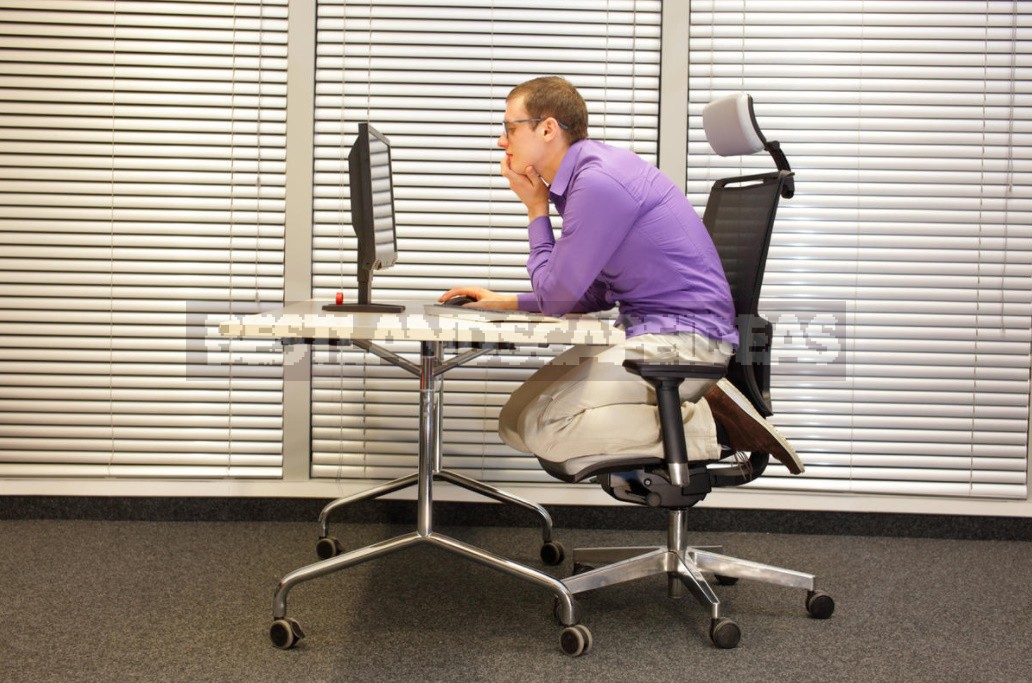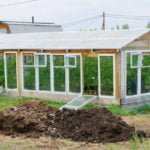There are a lot of pitfalls in self-isolation. The key one is psychological. And he is now on everyone’s lips. But we will talk about another aspect of self-isolation — about the physical restriction of the mobility of our body and its consequences. It is good if you have a strong will, and you continue to do exercises and do fitness, as before. But in new, unusual conditions, especially against the background of stress, it is no wonder to get lost and forget your healthy habits. So, what is the danger of a sedentary lifestyle and how to avoid unpleasant consequences?
What can a sedentary lifestyle lead to
It seems that we just move less — what’s so terrible about this? It turns out that there are quite a lot of consequences, especially since our sedentary lifestyle with the arrival of forced self-isolation has turned almost into a recumbent one.
Diabetes mellitus
In 2017, a report on metabolic changes in young people aged 25-30 with physical inactivity was presented at the European Congress on Obesity in Portugal. The conclusions of the report are disappointing — even 2 weeks of inactivity increase the likelihood of developing diabetes. In just a couple of weeks of no physical activity, muscle mass decreases — and at the same time, the volume of fat that accumulates on the abdomen increases. This can be a factor in the development of diabetes. Also, as a result, the risk of cardiovascular diseases increases significantly. Of course, diabetes will not develop in two weeks, but if there are already prerequisites for the disease, it is better to take the situation under control and include motor activity in the daily routine.

Edema of the lower extremities and varicose veins
Edema of the lower extremities is a common problem in people with a sedentary lifestyle. The situation is aggravated by the weakness of the calf muscles. Violation of the venous outflow from the lower extremities leads to vasodilation — and this is already the prerequisites for the development of varicose veins. In office workers, varicose veins can develop at a young age, at 25-30 years. If there is no treatment and there are additional concomitant factors, then varicose veins progress faster, and complications develop-thrombosis. Therefore, it is extremely important to take breaks from work — get up, warm up every hour.

Diseases of the digestive tract
A sedentary lifestyle (even for a short period of time) is associated with a decrease in the tone of the anterior abdominal wall. One of its main tasks is the regulation of intestinal motility. As a result, people with physical inactivity often suffer from digestive problems and constipation.
Physical inactivity is not the only cause of constipation. At risk are the elderly, pregnant women, people who have to take medications, those who are forced to observe bed rest after surgery or injuries.
An additional aggravating circumstance of constipation in self-isolation is not always a healthy diet. We eat too much high-calorie food, poor in dietary fiber, vitamins and minerals, drink little water, often eat semi-finished products and bakery products, order burgers, pizza and other fast food from cafes and restaurants, and this is in addition to physical inactivity. As a result, there are ideal conditions for disrupting the normal functioning of the intestines, which inevitably leads to constipation.
Disorders of the reproductive system
Prolonged stay in a static position is the cause of circulatory disorders in the pelvic organs in both men and women. This can cause an exacerbation of chronic diseases of the pelvic organs — adnexitis, cystitis, prostatitis, erectile dysfunction and even infertility.
Problems with the musculoskeletal system
According to scientific research, office employees, as well as people who stay in a sitting position for a long time, are at risk for the development of arthrosis of the knee joints. An aggravating circumstance may be excess weight, which leads to osteoarthritis. The habit of staying in a stationary position for a long time has a negative effect on both posture and joint health.

What to do?
Regular physical exercise significantly reduces the likelihood of chronic diseases and physiological disorders. Of course, in conditions of self-isolation, the opportunities to lead an active lifestyle are very limited, but it is quite possible to include physical activity in the daily routine. There are many applications on the phone that allow you to make an individual workout based on your goals. There are also enough videos with classes at home on YouTube.

Avoid physical inactivity, even general cleaning of the apartment or active play with children is already physical activity. Now is the time to do what you have always failed to do. Minor repairs, analysis of storerooms, balconies and cabinets — any activity will be for the benefit.
The daily routine will help to consolidate the changes made to the lifestyle. No matter how much you want to bask in bed during an unplanned vacation, you need to stick to the schedule: get up and go to bed at the same time, give up midnight movie screenings. And also make a list of tasks for the day — and cross them out as they are completed. Also, do not forget to eat right, include light foods rich in fiber and vitamins in the diet.


















